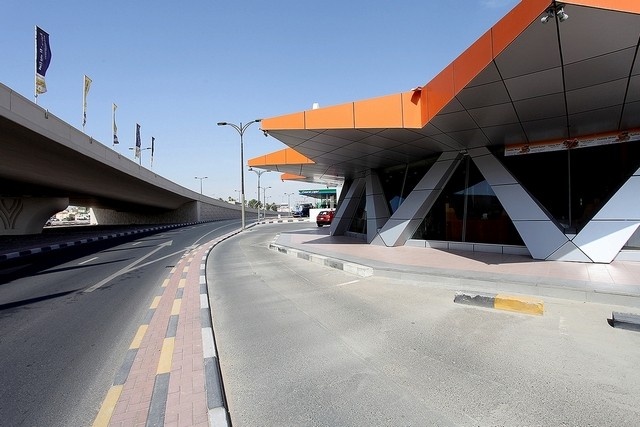 With venues that include an abandoned ice factory and the Flying Saucer building, the 12th edition of the Sharjah Biennial will offer audiences the chance to browse a wide range of artworks and enjoy interactive events through the festival’s three-month run.
With venues that include an abandoned ice factory and the Flying Saucer building, the 12th edition of the Sharjah Biennial will offer audiences the chance to browse a wide range of artworks and enjoy interactive events through the festival’s three-month run.
The curator Eungie Joo has been working for two years to bring together a diverse group of artists from different generations whose works address various issues including labour, sustainability and the possibilities for the future.
Chosen by Joo, the biennial’s title The past, the present, the possible … is a reference to an essay by Henri Lefebvre, a French philosopher who wrote about the concept of the right to the city. Within the biennial’s context, the title is used to address the role of contemporary art at its very core — the intangibility of the present, the freedom of the mind and the ability to express the inexpressible in a piece of art.
Location is everything
This year, the usual art spaces — Sharjah’s historical areas and Sharjah Art Foundation’s galleries — have been supplemented by unusual venues: a warehouse at Port Khalid, an abandoned ice factory on the east coast in Kalba, and Sharjah’s Flying Saucer building, a surreal, spaceship-like structure constructed in the 1970s (it will serve as a permanent exhibition space after the biennial).
Sheikha Hoor Al Qasimi, the president of the Sharjah Biennial and its overseeing body, the Sharjah Art Foundation, says: “The artists have transformed these spaces in ways that are magical, thought-provoking and, sometimes, playful. It is due to our emphasis on new productions and commissions that the Sharjah Biennial is known as a place where artists can experiment.”
Original article by Anna Seaman
Continue reading at The National:
Explorations in art: previewing the Sharjah Biennale



















Comments